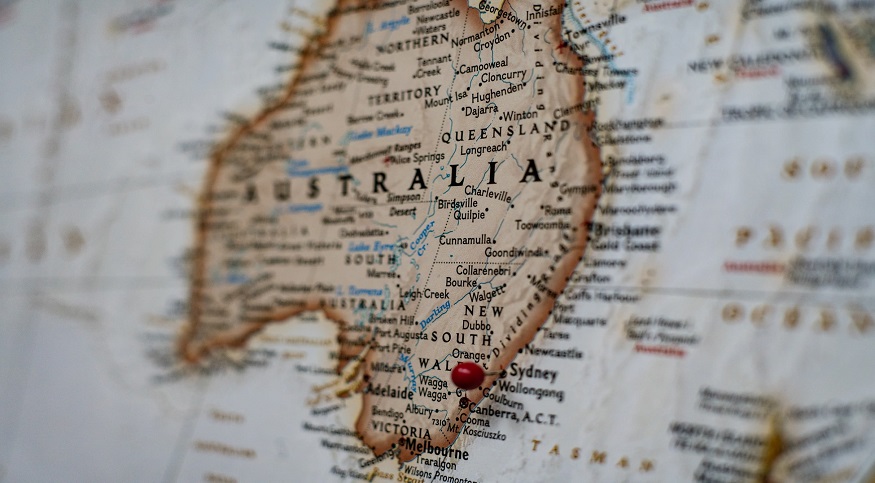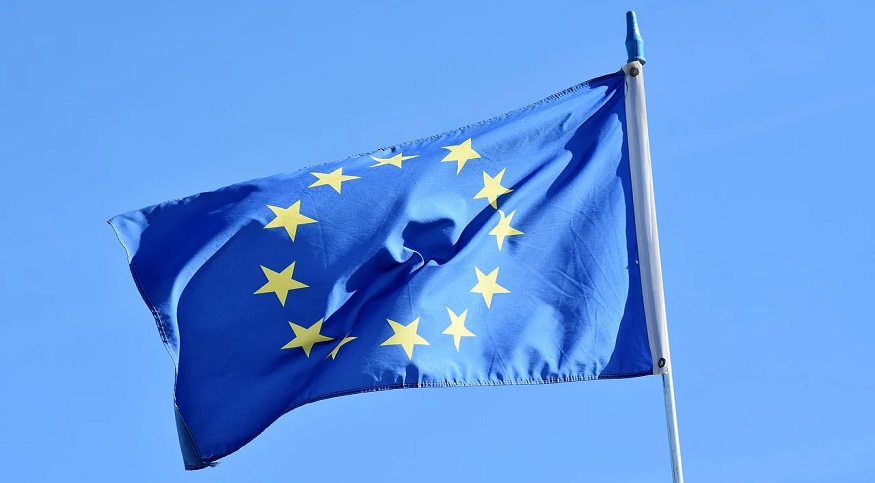
Environmental scientists caution of harm from UN Sustainable Development Goals
July 10, 2020A team of experts are warning that the well-meaning SDGs are failing in biodiversity protection.
A team of scientists has cautioned that the UN Sustainable Development Goals (SDGs) are not protecting biodiversity. The SDGs were meant to combine socioeconomic development with meaningful environmental protection.
The scientists said that the SDGs could actually make things worse in certain areas.
According to Professor James Watson of the University of Queensland, in the current form of the UN Sustainable Development Goals, it may actually be providing a smokescreen to carry on with environmentally destructive activities for another ten years.
“The SDGs were established as a blueprint for a more sustainable future for all, yet there are fundamental inadequacies in their ability to protect biodiversity,” said Professor Watson. “If these errors are not corrected, the SDGs could unknowingly promote environmental destruction in the name of sustainable development.”
The UN Sustainable Development Goals are comprised of a framework of goals, targets and indicators.
This framework includes 247 indicators, 169 targets and 17 goals adopted by the United Nations General Assembly five years ago. The decision was made in 2015 to use the SDGs to replace the Millennium Development Goals which had already expired.
The SDGs were originally celebrated as a significant improvement. This was partially due to the integration of the environment as a key factor across the entire framework. However, the opinion from study researchers from the University of Queensland, the National University of Singapore, the University of Melbourne, and the University of Northern British Columbia is in stark contrast to that original positivity. Those researchers have discovered a solid disconnect between the UN Sustainable Development Goals and real progress toward conserving biodiversity.
“We assessed each country’s performances on a prescribed set of indicators and compared these indicators against other independent and well-established measures of environmental protection,” said Professor Watson. “We found that overall, only seven percent of correlations between SDG indicators and external indicators of biodiversity and environmental protection were significantly positive. Alarmingly, 14 percent of the associations are negative and the majority—or 78 percent—are non-significant, strongly  suggesting that many of them do not adequately reflect progress towards environmental conservation goals.”
suggesting that many of them do not adequately reflect progress towards environmental conservation goals.”



 HFN News is your leading source for fresh hydrogen and renewable energy updates. Amid the fast-paced growth of hydrogen companies, we provide top-notch news and insights about this exciting sector. Our coverage spans from hydrogen cars to global sustainable initiatives, and we highlight the latest in green jobs and developing hydrogen hubs. We invite you to share your local hydrogen news and explore today’s renewable energy job listings on our site. Thanks for choosing HFN News as your trusted guide to the hydrogen and renewable energy world!
HFN News is your leading source for fresh hydrogen and renewable energy updates. Amid the fast-paced growth of hydrogen companies, we provide top-notch news and insights about this exciting sector. Our coverage spans from hydrogen cars to global sustainable initiatives, and we highlight the latest in green jobs and developing hydrogen hubs. We invite you to share your local hydrogen news and explore today’s renewable energy job listings on our site. Thanks for choosing HFN News as your trusted guide to the hydrogen and renewable energy world!